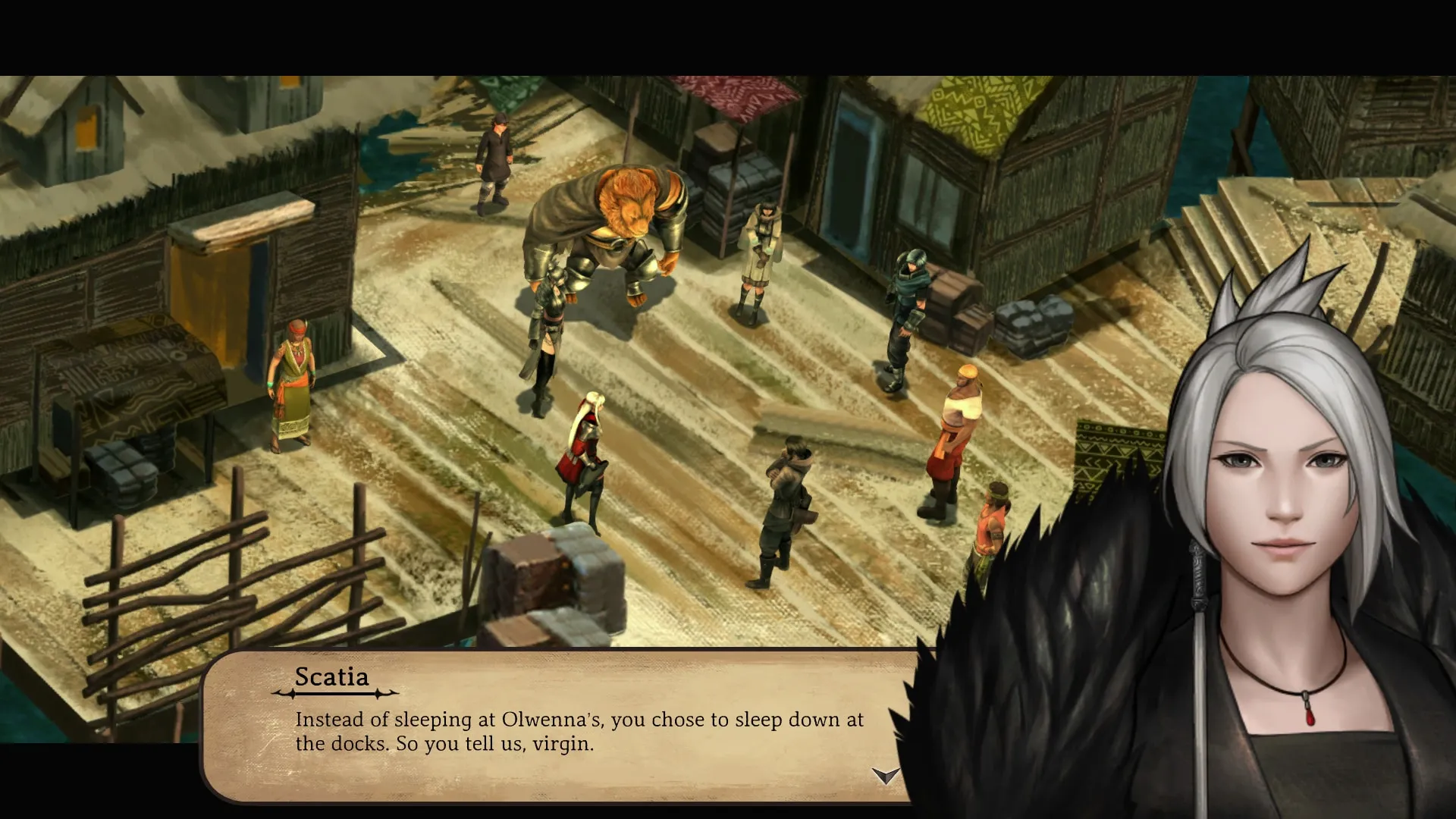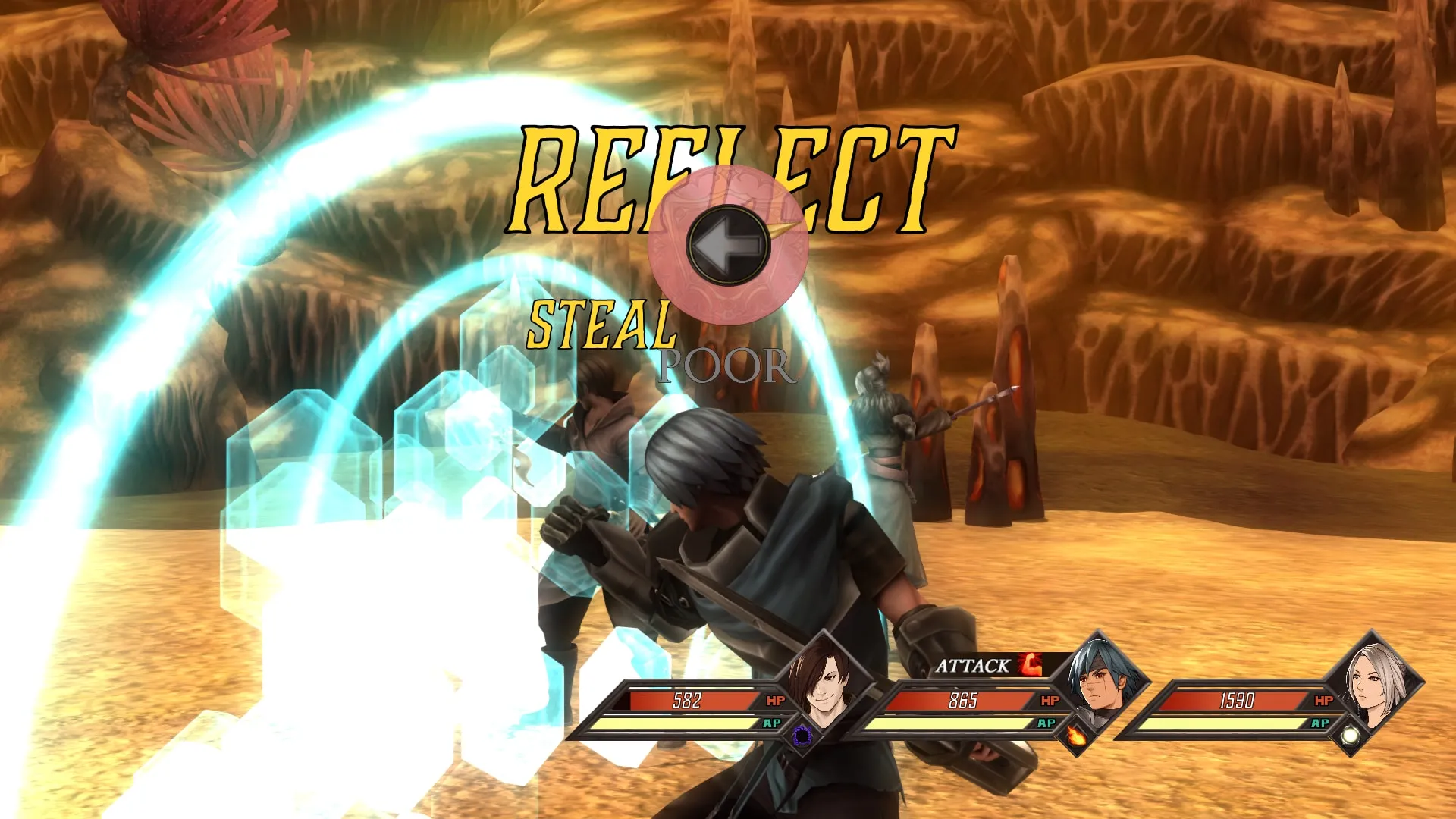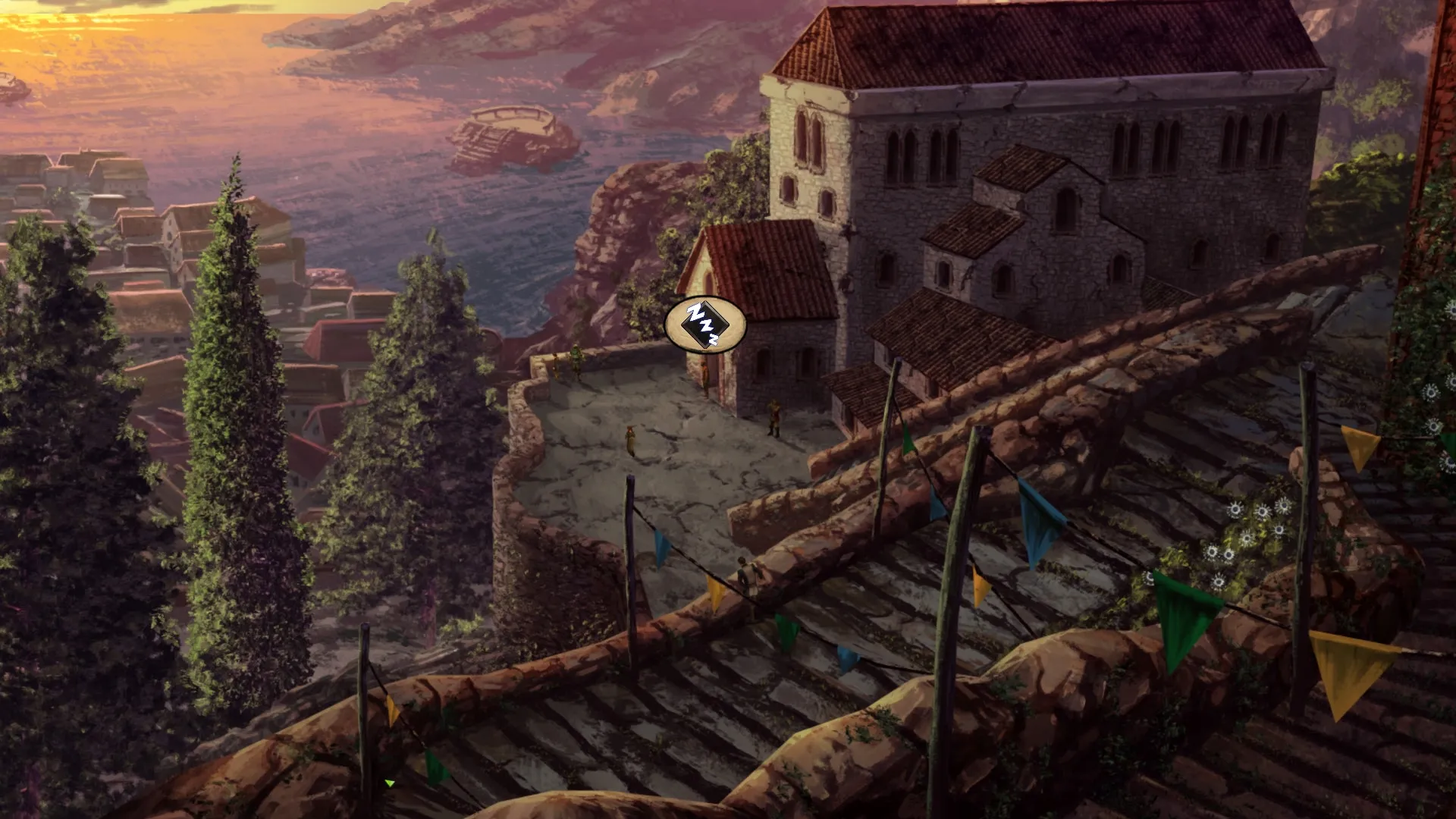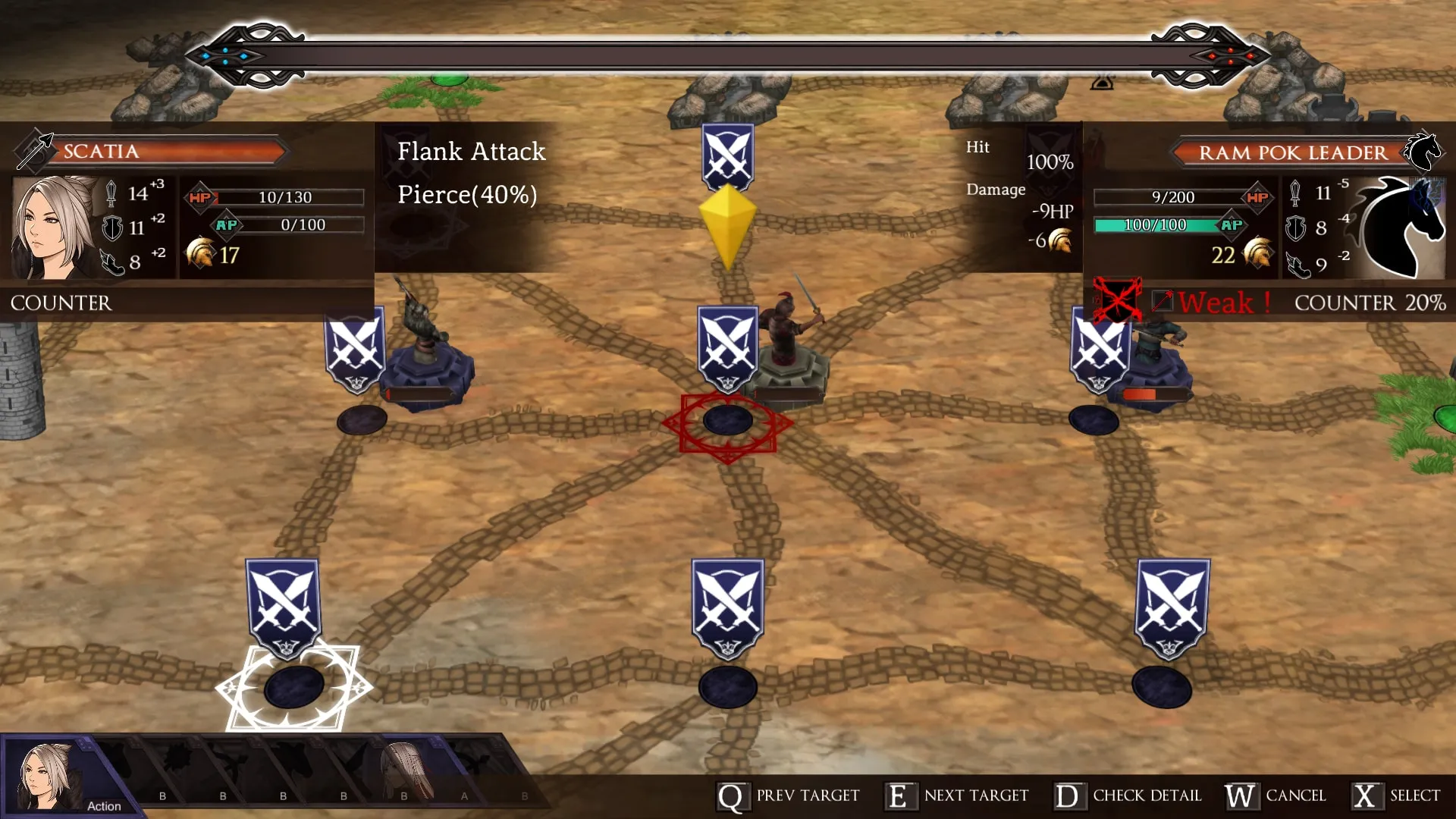
Legrand Legacy: A Nostalgic RPG Adventure with Flaws
Contents
Semisoft describes its debut title, Legrand Legacy: Tale of the Fatebounds, as a “nostalgic love letter to classic RPGs.” While turn-based RPGs may have passed their prime, Legrand Legacy seeks to recapture the magic of strategic combat and thoughtful gameplay. This review explores whether Legrand Legacy delivers on its promise of classic RPG charm.
Legrand Legacy successfully funded on Kickstarter, surpassing its goal and demonstrating a demand for this style of game. Released on Steam in 2018, the game aims to appeal to fans of classic turn-based RPGs.
A Familiar Yet Engaging Journey
Legrand Legacy follows Finn, an amnesiac protagonist, on a quest to rediscover his past and confront a resurgent ancient evil. While the narrative tropes of amnesia, special powers, and impending doom are familiar, Legrand Legacy effectively weaves these elements into a compelling adventure. The game excels in its world-building, gradually revealing mysteries and secrets that propel the narrative forward. Finn’s origins, the nature of the antagonist, and the fate of the world are all intriguing questions that keep the player invested.
Character development is another strong point. Aria, the initially haughty female lead, evolves into a compassionate and selfless companion. Other characters also undergo significant transformations, adding depth to the narrative. The game also features a variety of side quests, offering additional challenges and rewards. These optional missions provide further insight into the game’s world and lore.  The world of Legrand Legacy
The world of Legrand Legacy
The storyline is engaging, even if predictable. The mysteries surrounding Finn’s past and the unfolding threat provide sufficient motivation to see the journey through. However, the narrative’s handling of character deaths feels somewhat contrived, given the game’s emphasis on fate. The developers are reportedly working on a new ending, potentially paving the way for a sequel.
Turn-Based Combat with a Twist
Legrand Legacy features traditional turn-based combat, complete with attacks, defenses, spells, and tactical positioning. Each character and enemy has strengths and weaknesses, requiring careful planning and strategy. However, the game adds a unique twist with the inclusion of Quick Time Events (QTEs).
These QTEs add an action element to the traditionally strategic combat. During attacks, defenses, and spells, a circular target appears, requiring precise timing and button presses. Success increases damage or defense, while failure can lead to missed attacks. This mechanic effectively integrates the “LUCK” stat into active gameplay. Instead of relying solely on random chance, the player’s skill directly influences the outcome of attacks.  Combat in Legrand Legacy
Combat in Legrand Legacy
The combat system is well-designed, blending classic turn-based mechanics with innovative QTEs. The game also includes mini-games, such as rock-paper-scissors battles and strategic unit deployments, adding further variety to the gameplay.
Visual and Audio Shortcomings
Legrand Legacy’s visuals are a mixed bag. Character and enemy models appear rough and dated, reminiscent of late PS2-era games. While understandable for an indie title, the graphical quality could have been improved. However, the hand-drawn backgrounds are stunning, showcasing beautiful environments and captivating landscapes. The contrast between the detailed backgrounds and the simplistic character models creates a jarring visual experience.  Visuals in Legrand Legacy
Visuals in Legrand Legacy
The audio is equally underwhelming. The lack of voice acting and the limited sound effects diminish the overall experience. The soundtrack, while featuring some catchy tunes, fails to leave a lasting impression.
Additional Flaws
Legrand Legacy suffers from several additional issues. The game’s pacing is uneven, with a steep difficulty curve in the early stages. The scarcity of in-game currency also forces players to grind or sell items frequently. Character customization is limited, with only weapons available for crafting. The absence of armor and accessories further restricts player agency.  Character models in Legrand Legacy
Character models in Legrand Legacy
Dialogue sequences are often lengthy and redundant, adding little to the narrative. The stiff character animations further detract from these interactions. Finally, the game’s technical performance could be better optimized, with limited graphical options available to balance performance and visuals.
Conclusion
Legrand Legacy: Tale of the Fatebounds offers a nostalgic RPG experience with a compelling narrative and innovative combat system. However, its visual and audio shortcomings, coupled with various gameplay flaws, prevent it from reaching its full potential. While enjoyable for fans of classic turn-based RPGs willing to overlook its imperfections, Legrand Legacy falls short of delivering a truly polished and complete experience.





Comments (0)